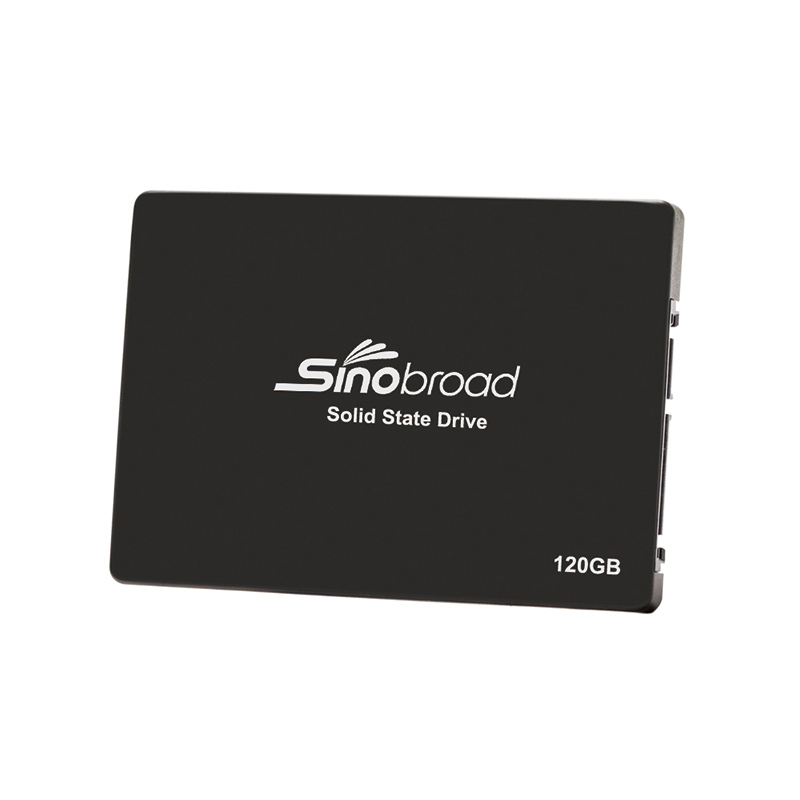DRAM prices down 30% hit
DRAM industry's super boom cycle has stopped and turned down rapidly. The latest report of market research organization Jibang yesterday (5) pointed out that DRAM's oversupply is more serious than expected, most transactions have been changed to monthly pricing, and prices in February are more rare and significantly revised down, resulting in the decline in this quarter from the original estimate of 25% to nearly 30%, which is the biggest decline in a single quarter since 2011, and prices in the next few quarters are still facing the risk of revision.
The main DRAM plants such as South Asia branch and Huabang power also take a conservative view of the short-term DRAM market, believing that price decline is inevitable. South Asia branch previously expected that the price drop in this quarter could reach 10%, and the second quarter is still hard to see clearly. The latest report of Jibang yesterday predicted that the price drop in this quarter would reach 30%, which is larger than the original estimate of the industry.
Under the impact of low demand and weak prices, South Asia branch announced yesterday that its revenue in February was NT $3.395 billion, down for six consecutive months, down 20.3% month on month, a 31 month low.
South Asia Branch said that in addition to the reduction of working days, the US China trade dispute resulted in the decline of demand, the increase of tariff resulted in the adjustment of supply chain, plus the shortage of Intel processors, the sales price of products fell in February, the sales volume decreased by about 14% to 16%, and the average sales unit price also fell by about 4% to 6%, all of which are the reasons for the decline of performance.
DRAM consulting Semiconductor Research Center (drame xchange) pointed out that since the contract price of DRAM began to fall in the fourth quarter of last year, the inventory level continued to rise, and the inventory of DRAM's original factory recently reached a high level of at least one and a half months.
On the other hand, Intel's low-level processors are expected to be out of stock until the end of the third quarter. Under the pressure of demand, the personal computer generation factory is unable to digest the DRAM particles of suppliers. The market presents the dilemma of "no amount of decline", which means that even if the original factory is willing to make a substantial price cut, it cannot effectively stimulate sales, If there is no obvious return of demand, based on the current high inventory level, DRAM prices will continue to be revised down in the next few quarters.
Dramexchange believes that the continuous expansion of capital investment by major large factories is also an industrial risk in the future.
Dramexchange also said that these large factories still start a new wave of capital investment, which will make the price fluctuation of DRAM increase again. If the smaller DRAM factories cannot follow up in the process and scale, they may face the risk of marginalization in the near future.
- Previous:no more
- Next:From plane to stereo: 3D face modeling only needs one photo







